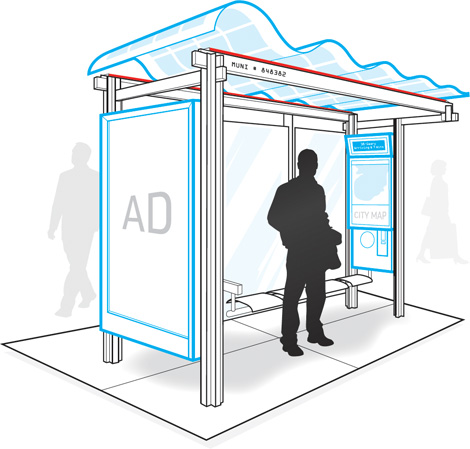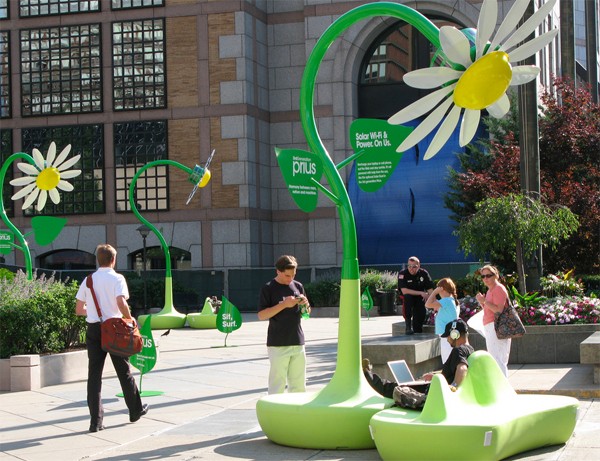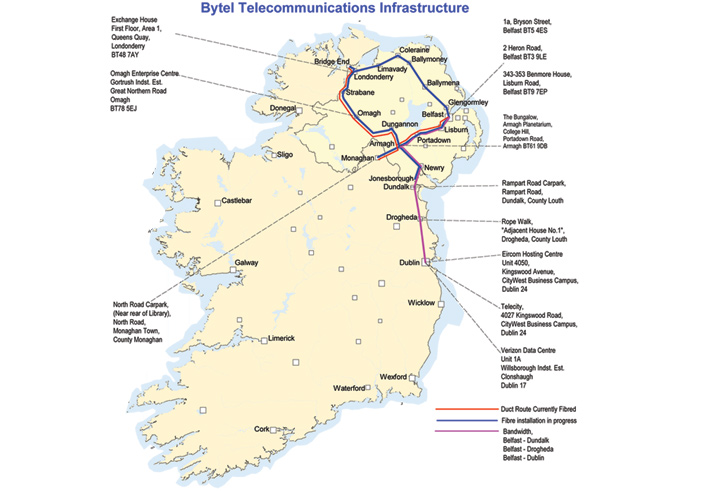A few years ago I approached Belfast City Council with the idea of my company putting a large chunk of cash into a Meraki WIFI mesh which would then provide free WiFi to Cathedral Quarter. Cathedral Quarter was and still is plagued by having historic cobbled streets which prevent the laying of new lines – … Continue reading “Muni WiFi: escape the Dialup Dark Ages”
A few years ago I approached Belfast City Council with the idea of my company putting a large chunk of cash into a Meraki WIFI mesh which would then provide free WiFi to Cathedral Quarter. Cathedral Quarter was and still is plagued by having historic cobbled streets which prevent the laying of new lines – but for my business it was an opportunity. If Belfast City Council would pay for two or three ADSL lines in some buildings, we would sink a heap of capital into the network hardware and handle all of the installations. What would we get out of it? A bit of advertising to the Creative Centre of Belfast. That’s all we wanted. The response we got back was that the area already had BTOpenZone, which, if you investigate is notable for it’s absence in the area.
Undeterred I believe that Belfast needs a free-to-access Municipal Wi-Fi network.
There are providers around but the cost and subscription burden of many providers (and lack of basic interoperability, never mind poor user interfaces for mobile travellers) makes the current WiFi subscription set up to be a very unsatisfactory experience for the average traveller.
Belfast allegedly attracted 800,000 people for the Tall Ships event recently.
“Around 800,000 people crowded to the city’s docks for the biggest event ever staged on the island of Ireland. This included 100,000 holiday-makers who visited the city especially for the event – and 250,000 people believed to have watched the magnificent Parade of Sail out of Belfast Lough.”
(Doing the maths: This means there were 200,000 per day. Which means 10,000 per hour or so during the four days the Tall Ships were here. I call bullshit but hey).
Either way – there were thousands of people present and over 1000 crew from those ships. Would a free WiFi service have been useful to them? Of course. Last time I travelled to the US, I had to pay nearly £1000 in data and voice roaming charges and my next trip will likely be as bad if not worse. It is essential to the Tourism economy in Northern Ireland that we have a tourist-friendly environment. Rather than the tourist not using voice or data services (or worse, spending hundreds of pounds on roaming data paid to their home carrier), we should be providing that service free of charge and permitting them to use Skype or other voice services to call home. We need to build Northern Ireland as a progressive traveller-friendly destination.
Recently in the news, San Francisco is pioneering with Solar-Powered WiFi bus stops.

By 2013, San Francisco is planning to construct 360 new Muni bus stops that’ll further the causes of both solar power and blanketed Wi-Fi at the same time.
and Toyota created a bit of a news story with their new Prius advertising campaign:

Toyota planted five 18-foot tall “solar flowers” in Boston’s Prudential Plaza and provided free Wi-Fi and electricity that was “partially powered” by the solar panels attached to the petals and stem.
Think of where the roaming charges go. This money is not being used to build the Northern Ireland economy, they’re not being used to upgrade our infrastructure, build our schools or assist local business. The money goes somewhere else.
So, lets unwire Belfast. Let’s break the stranglehold on communications held by the mobile carriers where they can charge £6 per megabyte downloaded or uploaded which, frankly, drags us back to the dialup dark ages.



